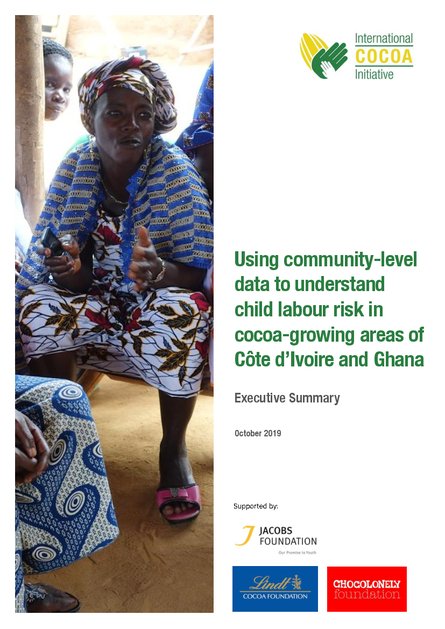
This study is based on a novel data set which combines information on community characteristics with household survey data on child labour incidence from 258 cocoa-growing communities in Côte d’Ivoire and Ghana. The results show that a limited set of community characteristics, which can be collected easily and at low cost, can provide a powerful predictor of a community’s child labour risk.
The research team produced two models – one for Côte d’Ivoire and one for Ghana – which can be used to identify and target the most vulnerable communities for support. Using only a few criteria, a community can be classified in one of three categories: lower, medium or higher risk of child labour. In practice, these models can help actors in cocoa-growing communities to prioritize where further assessments are needed, and identify appropriate action to take.